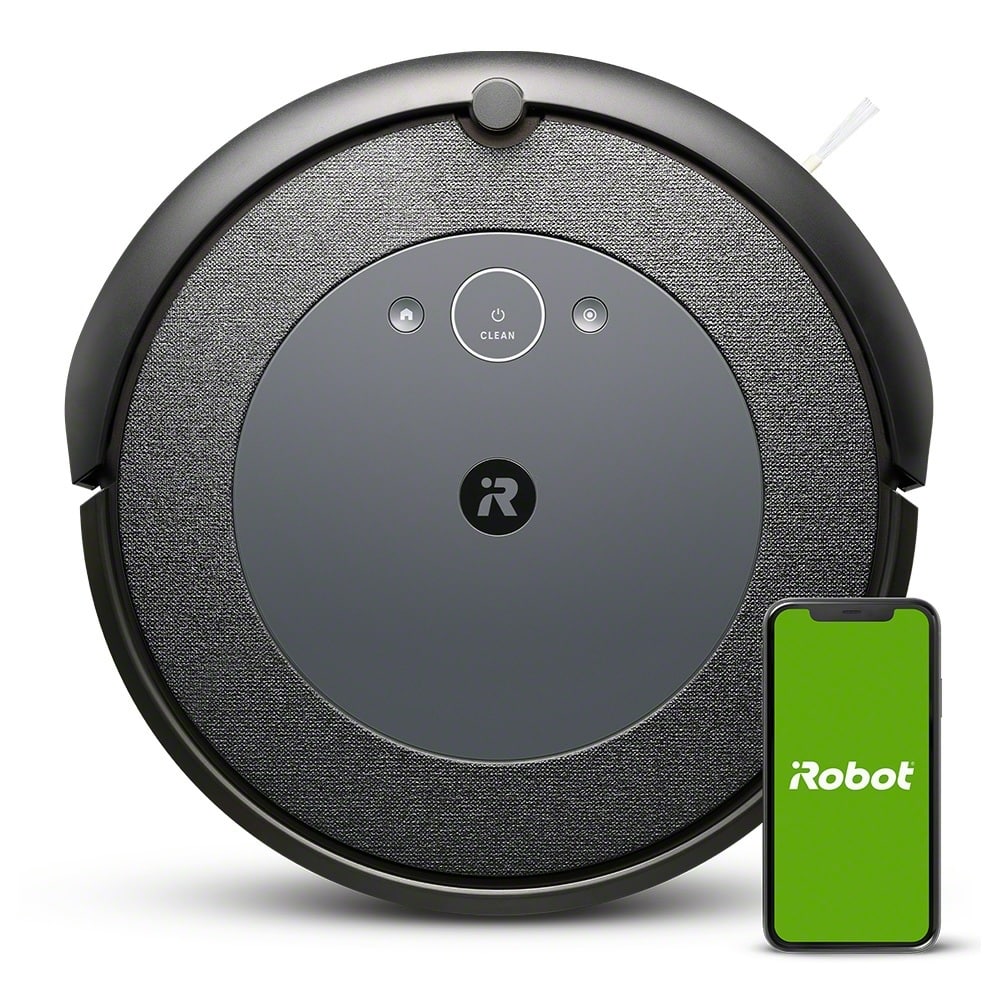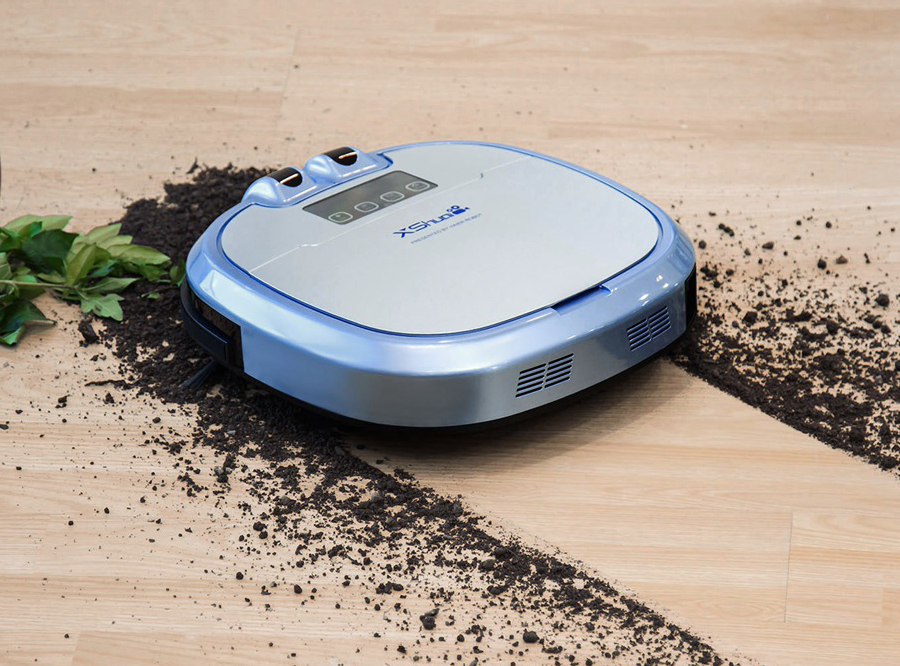

In 2005, iRobot introduced the Scooba, which scrubbed hard floors. The Roomba proved to be the first commercially successful robot vacuum. It launched the Roomba in 2002, which was able to change direction when it encountered an obstacle, detect dirty spots on the floor, and identify steep drops to keep it from falling down stairs. It was originally dedicated to making robots for military and domestic use. In 1990, three roboticists, Colin Angle, Helen Greiner, and Rodney Brooks, founded iRobot. Dustbot would carry a mini broom and dustpan for decoration. Dustbot was the first robot to feature a built in vacuum, and was able to turn when it sensed an edge or ran into something.

In 1985, Tomy released the Dustbot as a part of their Omnibot line of toys. The teleplay for this episode which was entitled "Thingumajig" was written by Terry Nation. It swept around the house, went back into its cupboard, automatically plugged in and recharged itself.". In 1969 on 2 April an episode of The Avengers was broadcast in which the character Inge Tilson played by Dora Reisser says ".I saw a demonstration once. Around dinner time it would go to its stall and soak up a quick charge." It went quietly looking for dirt all day long, in search curves that could miss nothing. Heinlein described the concept of a robotic vacuum cleaner with a recharging dock in his novel The Door into Summer: "Basically it was just a better vacuum cleaner. In 1956, the American science fiction author Robert A. Retrofuturistic illustration of an "electric scrubber" in the year 2000, as envisaged by an artist in 1899 They are also relatively expensive, and replacement parts and batteries can contribute significantly to their operating cost. However, a downside to a robotic vacuum cleaner is that it takes an extended amount of time to vacuum an area due to its size.

Robotic vacuums are usually smaller than traditional upright vacuums, and weigh significantly less than even the lightest canister models.

The perception that these devices are set-and-forget solutions is widespread but not always correct. Marketing materials for robotic vacuums frequently cite low noise, ease of use, and autonomous cleaning as main advantages. More recent models use artificial intelligence and deep learning for better mapping, object identification and event-based cleaning. Some designs use spinning brushes to reach tight corners, and some include a number of cleaning features along with the vacuuming feature (mopping, UV sterilization, etc.). Early designs included manual operation via remote control and a "self-drive" mode which allowed the machine to clean autonomously. A robotic vacuum cleaner, sometimes called a robovac or a roomba as a generic trademark, is an autonomous robotic vacuum cleaner which has a limited vacuum floor cleaning system combined with sensors and robotic drives with programmable controllers and cleaning routines.


 0 kommentar(er)
0 kommentar(er)
